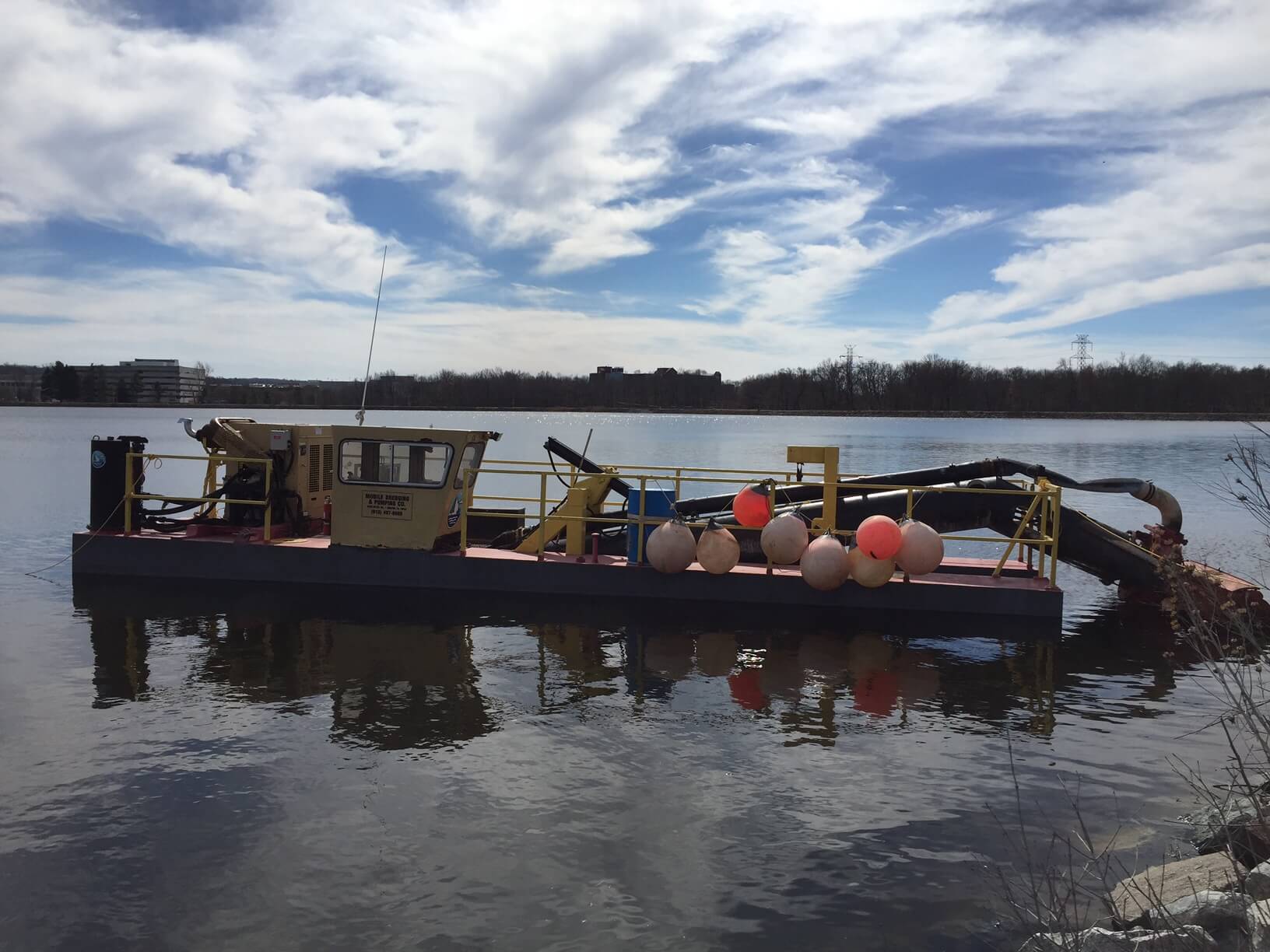
It worked in the Klondike Valley on the "Boyle Concession" until 1940 and then was relocated to Bonanza Creek and worked this valley until 1959.Īt the peak of corporate mining, a dozen dredges, churned through the creeks.

4 built in 1912 for the Canadian Klondike Mining Company, was the largest wooden hulled bucket lined dredge in North America. Dawson City also provided a large labour force and suppliers and services to meet the corporate mining needs.ĭredge N o. The transportation network, of rail and steamship, that ended in Dawson City, ensured that the companies could receive the supplies of machinery that were needed to operate. It could provide government administration and banking services. They constructed a system of dams and ditches to provide an adequate supply of water for the dredges.ĭawson City was the key to the success of the efforts of the large corporations. The corporations constructed hydroelectric power stations to supply a reliable and consistent supply of power to run the dredges. Through negotiations with the Federal Government, the first concession was granted in 1900 to Joe Boyle. Large land holdings, called concessions had to be available to the corporations.

Promotion of the Klondike fields brought in two large companies, the Canadian Klondike Mining Company in 1905 and the Yukon Gold Company a few years later. In September 1898, the first dredge began working the Yukon River.

While hand miners were working hard, promoters and investors were looking for long-term mining possibilities in the Yukon. Much of the gold was simply too difficult and expensive to remove using hand mining techniques. During the early years of the Klondike Gold Rush, more than 30,000 miners hand mined for gold on the rich placer creeks.


 0 kommentar(er)
0 kommentar(er)
